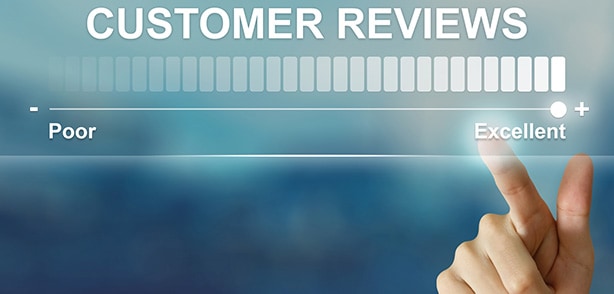Working Capital Cycles: How to Improve Your Business’s Cycle

As it is in comedy, success in business is all about timing. When, and how quickly, does money arrive? When, and how quickly, does it leave? This cadence is known as your working capital cycle — and optimizing it keeps your business running smoothly and growing. The faster your business converts its assets to cash, the sooner those funds are available to fuel your operations.
What is working capital?
Working capital refers to the assets you have after paying your short-term, day-to-day financial obligations. Simply put, the formula is: Current Assets - Current Liabilities = Working Capital.
Current assets include:
Cash and cash equivalents
Accounts receivable
Inventory
Prepaid expenses
Note: Current assets do not include real estate, equipment, or other long-term fixed assets.
Current liabilities include:
Accounts payable
Short-term debt
Wages and taxes owed
Interest due
Maintaining positive working capital is crucial for your business — not just to pay everyday bills, but also so you have funds available for unexpected expenses or growth opportunities.
What is the working capital cycle?
The working capital cycle, also known as the cash conversion cycle or operating cycle, is the time it takes for you to convert your current assets and liabilities into cash. It begins when you obtain assets to conduct business and ends when the sale of your product or service converts to cash.
How can you determine your business's working capital cycle?
The formula for calculating your working capital cycles is Inventory Days + Receivable Days - Payable Days = Working Capital Cycle. Once you determine the number of days it takes to move inventory and the number of days it takes to receive a cash payment from the sale, you then subtract "payable days," or how many days your business has to pay its bills.
The shorter your working capital cycle is the better. The rationale is clear: If you're converting your investments into cash more quickly, you're reducing the time your funds are potentially stretched. When you track your business's assets, capital, and liabilities with a balance sheet, you can also track your positive working capital.
Putting these ideas to work.
Manny's Corner Spot is a small deli and grocery store that wants to optimize its working capital cycle. Here are some ways that Manny and other retailers can get started on improving their capital cycle:
Get a grip on inventory. Manny's stocks a lot of meats in its deli case. A good portion of it all goes to waste, especially when the local college is closed for the summer. But by implementing a just-in-time inventory system, Manny's can make smaller but more frequent orders, using forecasts based on previous sales. That frees up cash and cuts waste.
Negotiate with vendors. Manny's pays for all of its produce upfront. But if they requested more comfortable terms, whether that's 15, 30, 45, or 60 days — they can rack up some sales and have more money on hand to pay its suppliers.
Target slow-moving inventory. Better, more focused sales promotions can move stock more quickly and get more money into the capital cycle.
Achieve greater efficiencies out on the floor: Slow checkout lines can hurt sales. But when you attack this problem with, for example, a more efficient point-of-sale (POS) system, checkouts will move more quickly and revenues will rise.
Careful analysis reaps results.
When you implement one or more of these bet practices, you can reduce inventory costs, improve cash flow, and speed up the sales process — all great ways to optimize your working capital cycle.
Each day you shave off your working capital cycle brings your business closer to greater financial freedom and flexibility. If you can navigate the ebb and flow of your working capital with confidence and precision, you'll turn your cash flow from a potential constraint to a competitive advantage.
Did you know?
One size doesn't fit all.
The length of working capital cycles varies by industry and by business size. Retailers, for example, tend to have shorter working capital cycles than manufacturers, since their inventory streams are simpler to manage.
Since 2008, Fora Financial has distributed $4 billion to 55,000 businesses. Click here or call (877) 419-3568 for more information on how Fora Financial's working capital solutions can help your business thrive.






